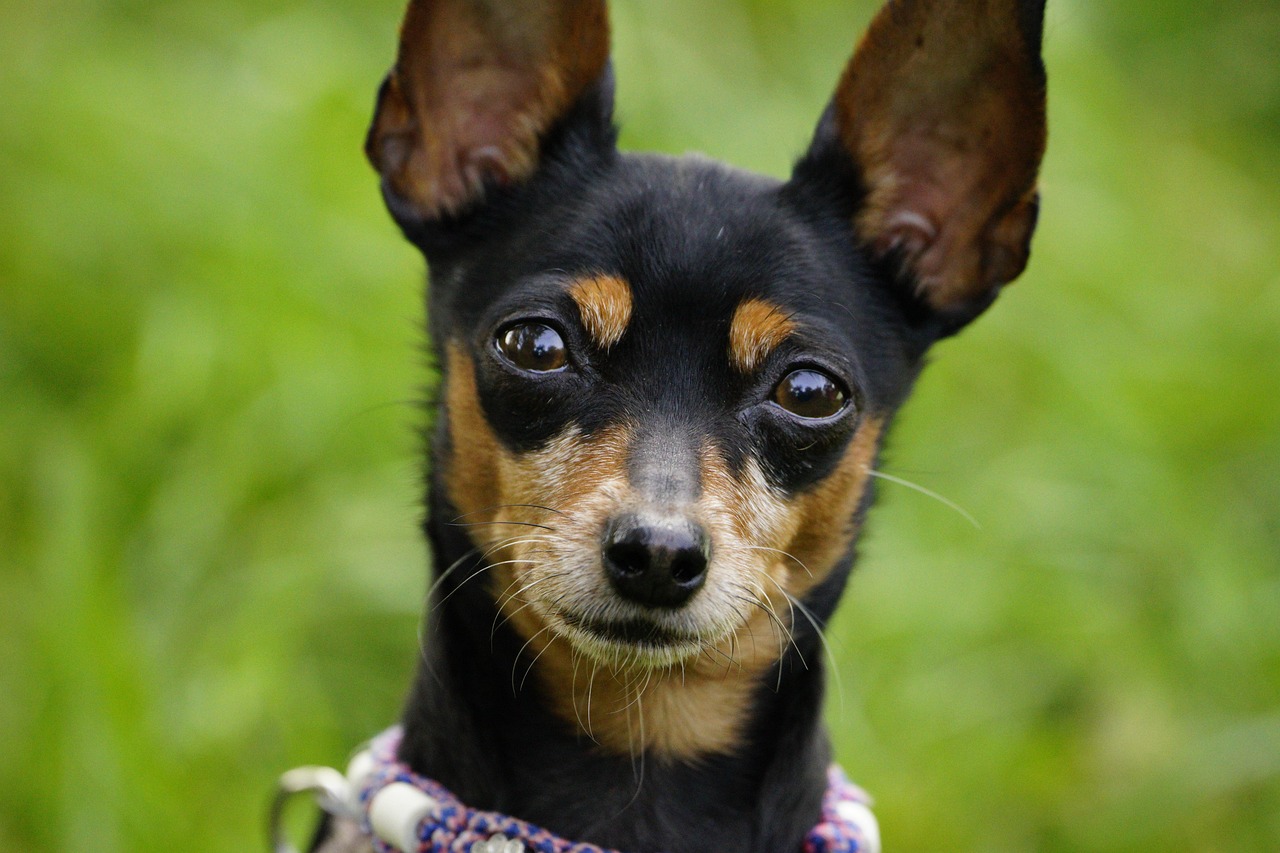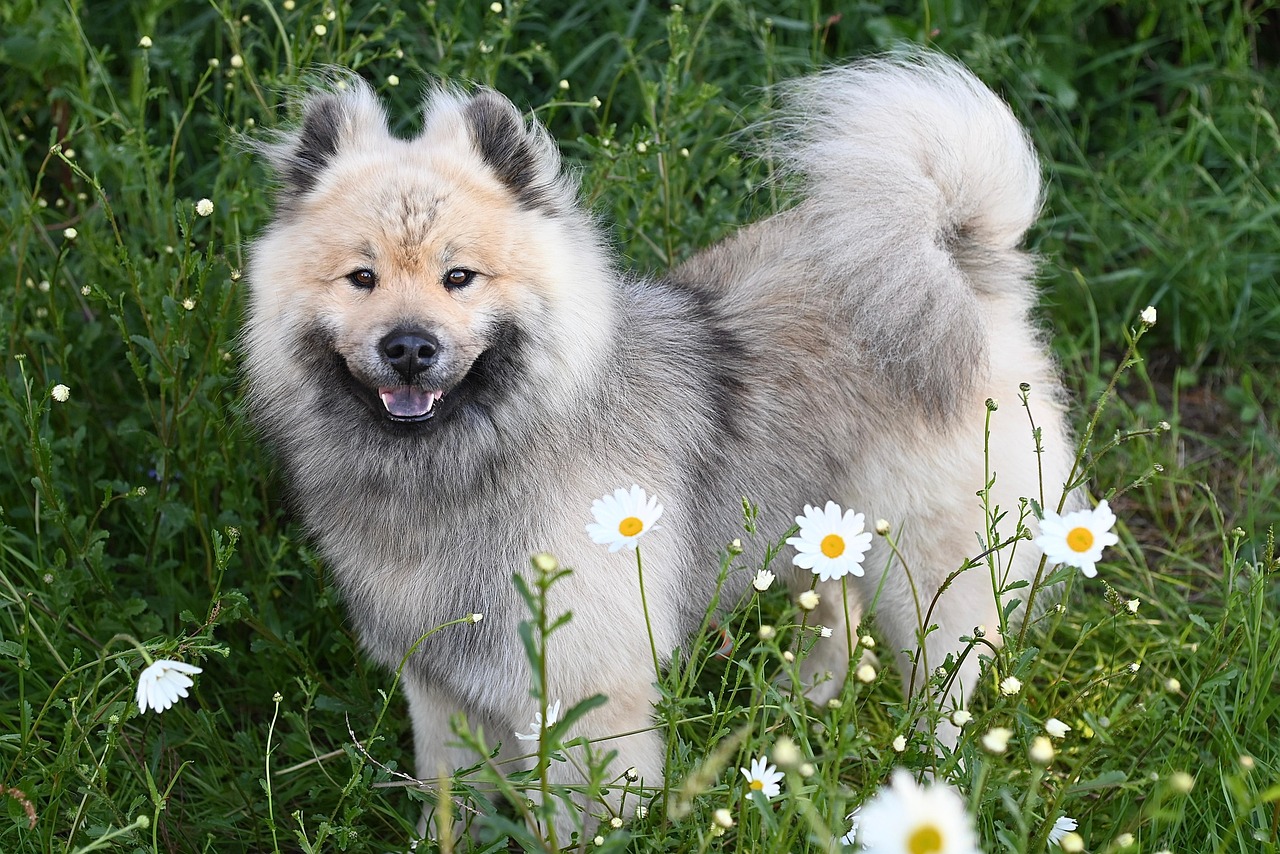Empowering Kids: A Fun 7-Step Dog Training Guide
A relationship between a child and a dog can be an enriching experience. Dogs are not only pets but also loyal companions, teaching kids about responsibility and empathy. Training your child to train their dog can be a fun and fulfilling activity. Of course, it requires patience and dedication, but the results are often rewarding and lasting.

Understanding the Basics
Before starting dog training for kids, it is essential to understand a few basics. Young kids should not be left alone with a dog without adult supervision. Dogs are animals, and even if they are family pets, there can be instances when they might react unpredictably.
The age and capabilities of your child should also determine the level of training. Younger children might just be able to assist, while older ones could take on more responsibilities. It’s important to remember that every dog and child combination is unique, and patience is key.
The Importance of Consistency and Reinforcement
When your child is training a dog, the two most important aspects are consistency and positive reinforcement. Dogs learn best when instructions and training are clear, consistent, and rewarded. Inconsistent commands or changing rules confuses the dog and will slow the training process.
Positive reinforcement is encouraging behaviors you want by offering the dog something pleasant in return, such as treats, petting, or praise. Over time, these rewards encourage the dog to repeat the good behavior.
How to Start: Basic Commands
When starting to teach basic exercises, use simple commands like “sit,” “stay,” or “come”. Encourage your child to use clear and commanding voices.
Start with the “sit” command. Have your child hold a treat in their closed hand near the dog’s nose. Move the hand up, allowing the dog’s head to follow the treat and causing its bottom to lower. Once the dog is in sitting position, say “sit,” give the dog the treat and share affection.

Frequently Asked Questions
What age can my child start training the puppy?
While it largely depends on your child’s maturity level, usually by the age of six, most children are ready to help with simple training tasks. But remember, adult supervision is critical.
What if my child becomes afraid when the dog doesn't follow the command?
It’s natural for children to feel a bit timid or frightened. Reassure them that it’s normal for dogs to make mistakes. Remind them that patience and consistency will help the dog understand better.
Is it safe for children to train dogs?
With adult supervision and the correct guidance, it is safe. It’s essential to make sure training sessions are positive for both the child and the dog.
Are there any specific dog breeds easier for a child to train?
While breed can play a role in a dog’s temperament, it is more critical to look at the individual dog’s behavior. A well-behaved, patient, and low-energy dog may be more suitable for children than a hyperactive or anxious one, regardless of breed.
Are treats necessary for training?
While treats are not essential, they are useful tools for positive reinforcement. If you’re concerned about overfeeding, use small treats or pieces of the dog’s regular food.
Conclusion
Teaching children to train their dogs not only improves the synergy between them but also serves as a meaningful learning experience for the child. This involves understanding the importance of patience, consistency, and empathy.
When conducted under adult supervision, dog training can help children in their growth by reinforcing responsibility, nurturing compassion, and forming a strong bond. For kids and dogs alike, the joy of shared companionship combined with the pleasure of mastering new skills makes it a win-win situation.



